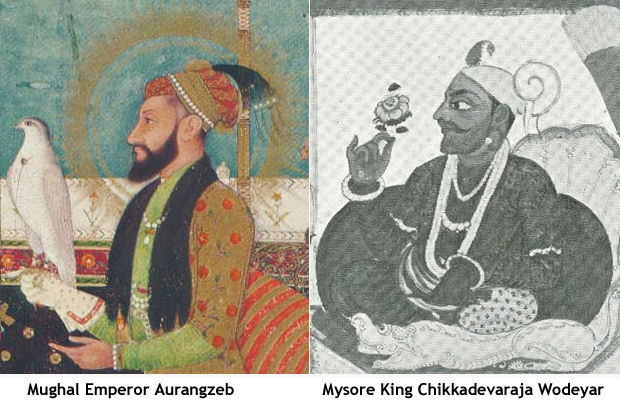A memorial at Mumbai's St. Thomas Cathedral recollecting Tipu Sultan's interaction with a British veteran of American War of Independence

A memorial at Mumbai's St. Thomas Cathedral recollecting Tipu Sultan's interaction with a British veteran of American War of Independence. Image source: Wikimedia Commons The Siege of Mangaluru (Mangalore) was the last military tussle between Mysore and British in the Second Anglo Mysore War, that ended in the humiliation of British. In May 1783, Col. John Campbell, a veteran of the American War of Independence, was holding onto the Mangaluru fort captured earlier from Mysore. After taking back Nagara (Haidarnagar) and other important forts from the British, Tipu Sultan, the Mysore ruler, marched to Mangalore and took back the town. He commenced a siege of the fort on May 23rd. After a couple of months, as the French and English agreed in Paris to stop fighting giving Americans freedom, the siege was converted into a blockade on August 2nd. Impressed by the bravery of Campbell, Tipu invited Campbell to meet him, to which the later agreed. On 13th Mons. Piveron de Morlay, the


